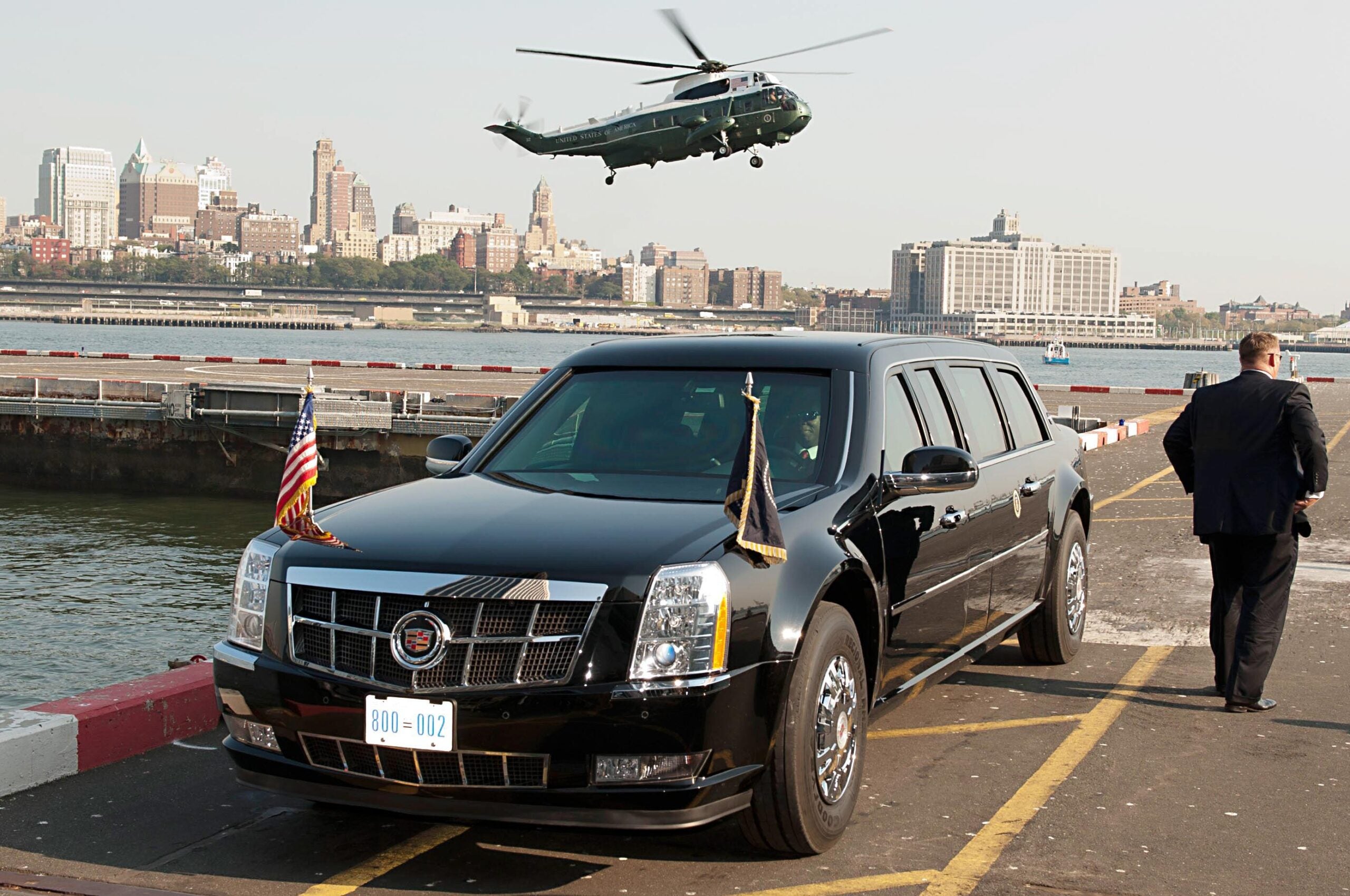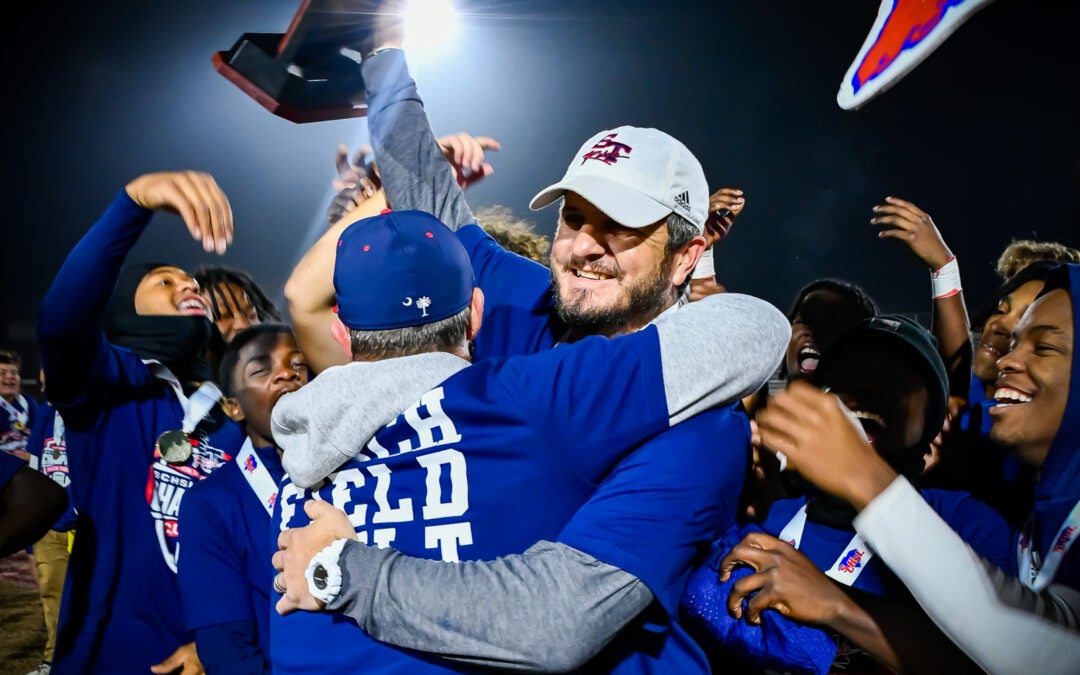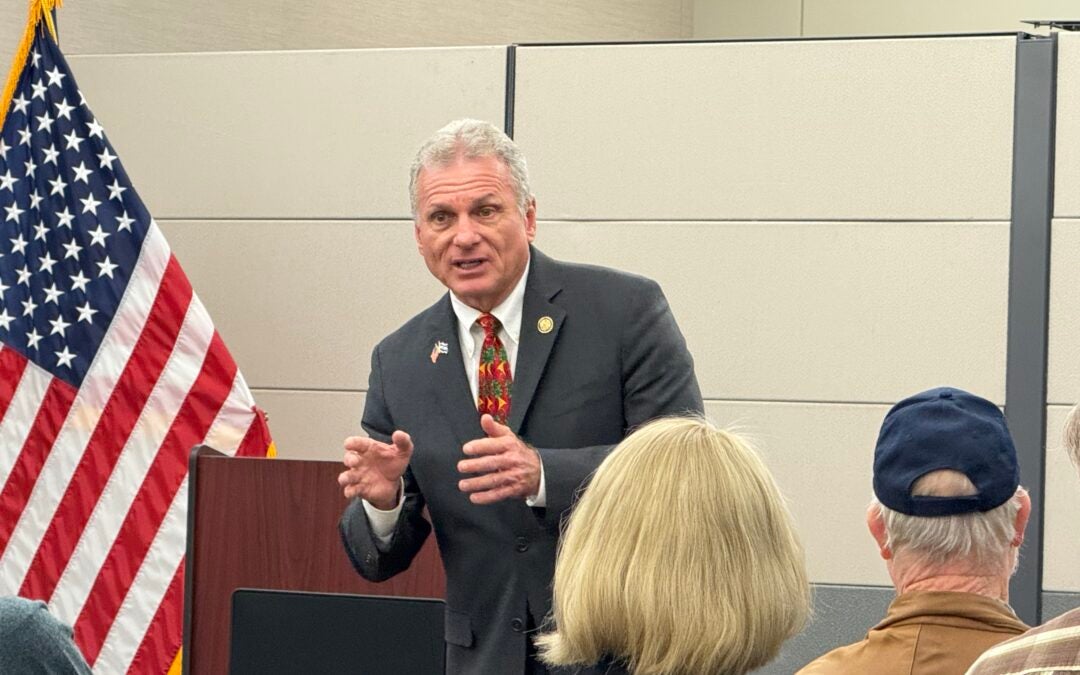Modern U.S. presidential motorcades are not just a show of American power and might, but the cars that modern presidents ride in are designed to be a sort of protective bubble to protect the president while traveling.
The most dangerous mode of travel for the president is the motorcade, and the Secret Service prefers the president take either Air Force One or Marine One and avoid traveling by car whenever possible.
It was not always that way, as the John F. Kennedy tragedy attests.
The first president to embrace the automobile was William McKinley, but the government did not actually purchase an official presidential vehicle until the Theodore Roosevelt administration. The horse stables were not retired until William Howard Taft came into office.
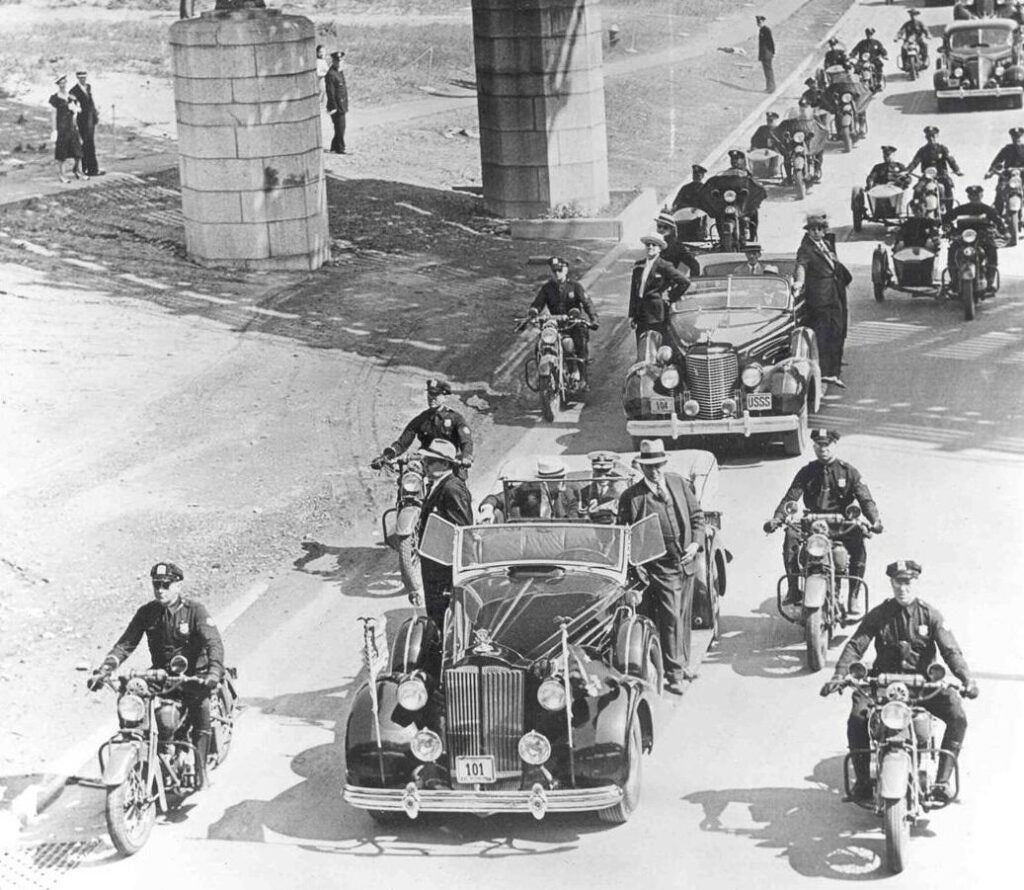
As the president became more mobile, the cars used for presidential transport were virtually the same as those used by pretty much everyone else, no special additions or armaments were added and most of the cars were open-top parade-style vehicles.
In fact, presidents of those times almost demanded their cars be open-topped so that they could seem more approachable and connected to the people. It appears that the assassination of the Archduke of Austria and his wife in an open top car, kickstarting World War I, didn’t faze the Secret Service.
Gangsters such as Al Capone had more protection on their vehicles until World War II.
According to the Secret Service, the president did not have an armored car until shortly after the Japanese attack on Pearl Harbor. However, what the Secret Service labeled “armored” was simply thick bullet-proof glass; there was no armor plating on the body and the car was still open topped.
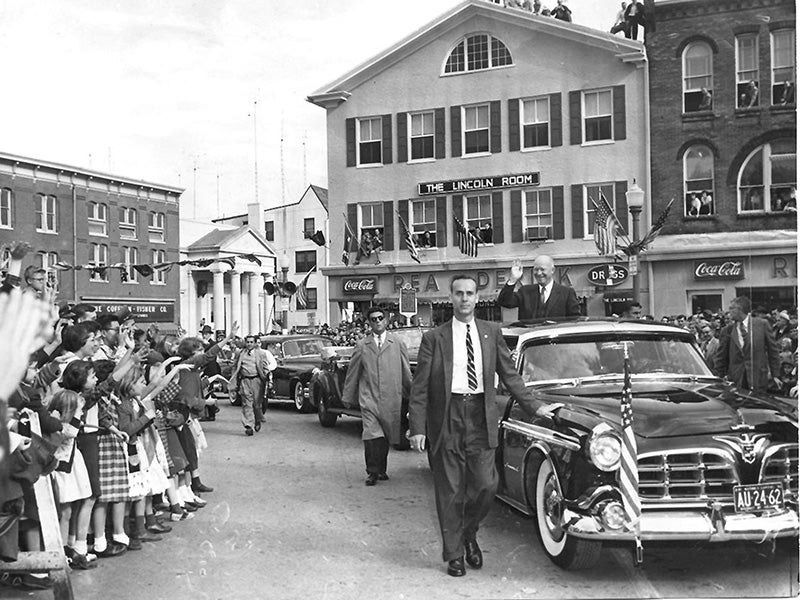
President Dwight D. Eisenhower mainly rode in a 1955 Chrysler Crown Imperial Derham hardtop limousine; but the reason for that choice of vehicle, according to the National Park Service, was because Ike’s wife Mamie did not want her perfectly coiffed hair blowing in the wind.
Eisenhower’s Chrysler did have some interesting features that would help the president escape danger. The car had a V-8 Hemi engine pumping out 250 horsepower, a two-speed Powerflyte transmission and strong aircraft-style disc brakes to bring the 5100 pound vehicle to a stop.
Eisenhower demanded a sun-roof be installed so that he could stand up and wave to the crowds, which really rendered the upgraded safety features moot.
Many historians now place at least some of the blame for the Kennedy assassination on the president himself. Not only did Kennedy routinely try to “lose” his security detail to hide his many extra-marital affairs, but he simply refused to ride in a covered and armored automobile.
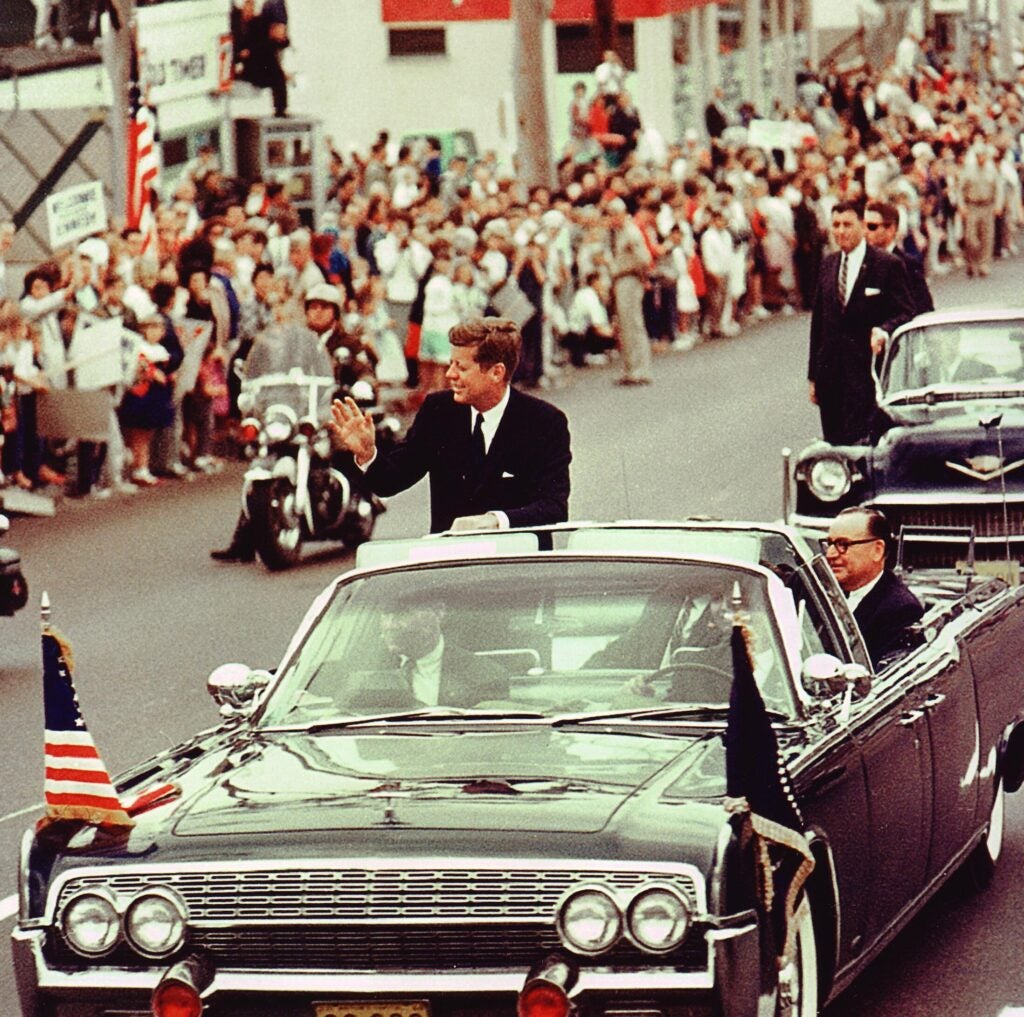
After the assassination, the 1961 Lincoln Continental parade car was returned to Ford, where the car was stripped down to its chassis and rebuilt with a permanent roof, titanium armor plating and bulletproof glass.
Finally, the president had a truly armored car, but then the problem for the Secret Service became how to get the president in and out of his vehicle safely. All of the titanium armor in the world could not protect President Reagan as he walked out of the Washington Hilton Hotel on his way to his 1972 Lincoln Continental and into the gun sights of John Hinkley Jr.
As a result of that assassination attempt, the Secret Service built a special “garage” at the Washington Hilton so the president could enter safely through a side door, deliver his remarks and return to the White House.
Since the Bush administration, presidents have ridden in a car that is not really a car at all. “The Beast,” as it is called, is a 15,000 to 20,000 pound (actual weight is classified) tank built on the GMC TopKIck platform.
The Beast can purportedly withstand almost anything short of a direct nuclear bomb attack. According to the Secret Service, the vehicle has eight-inch armor plating over the entirety of the vehicle, five-inch-thick bulletproof glass, a completely sealed cabin with special air filtration, tear gas canisters and military grade night-vision capabilities.
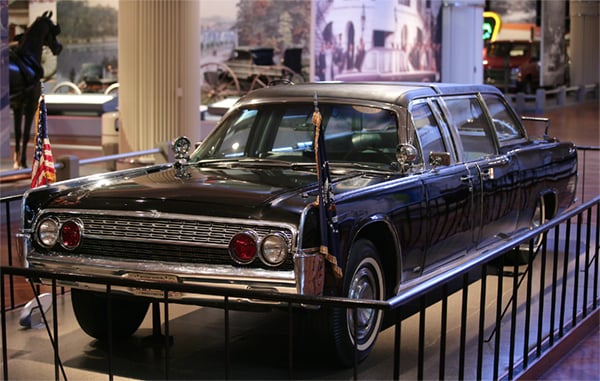
Everything else about the vehicle is classified, which has led many people to speculate that the Beast carries James Bond features such as oil slicks and door handles that can deliver an electric shock.
The modern presidential car is so heavy that it takes upwards of 15 seconds to reach 60 miles per hour, and it does not go much faster than that. Driving such a behemoth is challenging as the Secret Service found out in 2011 when President Barack Obama visited Ireland and the Beast got stuck while being driven up a parking garage ramp.
Presidential cars of the past are in museums all around the country, but you won’t be seeing any modern versions on display. When the early Beasts were retired, they were all sent to the missile range for two reasons: to destroy the classified equipment on board and to test for weaknesses in the design.
Former presidents are forbidden, while under Secret Service protection, from getting behind the wheel on public roads, but are allowed to drive on their private land.
Former president Lyndon Johnson kept an “Amphicar” on his ranch, a quirky 1960s era car that could travel on land and water. According to witnesses, Johnson would take a big swig out of his tumbler of whisky, aim the car towards the lake and then claim the brakes were failing and he couldn’t stop.
The horrified passengers would brace for impact with the water and as the car floated on the lake, Johnson would laugh like a hyena.
So, perhaps, it is better that former presidents aren’t allowed to drive on the public roadways.
Scott Hudson is the Senior Investigative Reporter and Editorial Page Editor for The Augusta Press. Reach him at scott@theaugustapress.com

